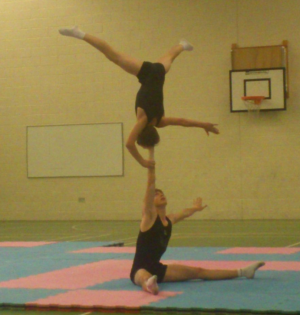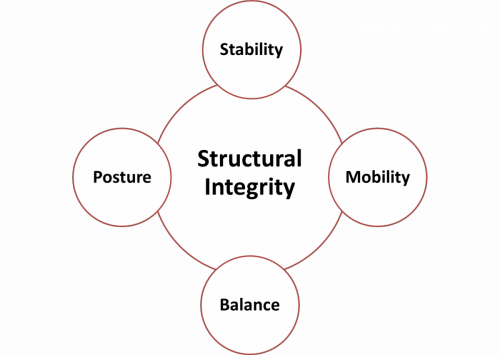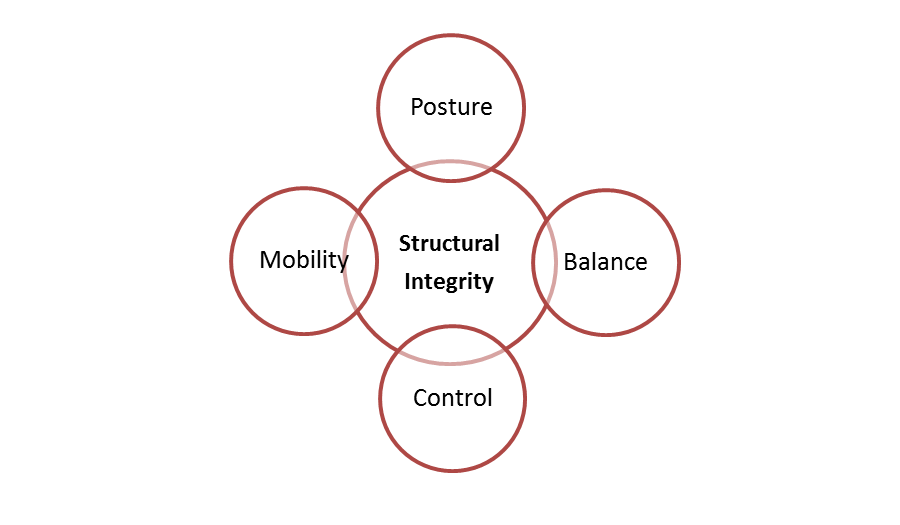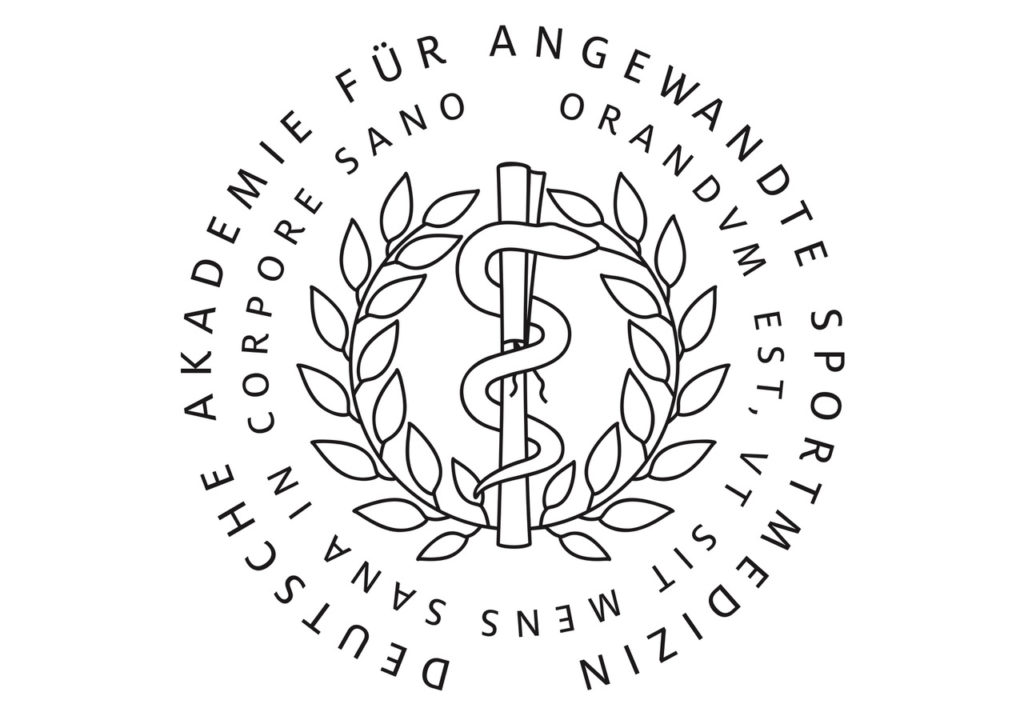Main Menu
Latest Blog Entry
User login
Structural Integrity: Building the Foundation for youth athletes.
Structural Integrity is a simple and effective way to help children develop

Young gymnasts show their structural integrity.
In the rush to get results fast young athletes, or their coaches, take shortcuts to “get to the interesting stuff.
The ill-informed teenager might copy an adult programme or that of an “influencer” on TikTok who talks about “hacks” or “Gains” but is not around to pick up the pieces when the young athlete gets broken.
No one would dream of starting to build their house with solar panels and roof gables before ensuring a solid foundation was in place. And yet, this happens all the time in sports.
Most of the athletes I initially encounter have glaring deficiencies in their structure or posture that limit their ability to progress. Loading athletes like this either through volume, intensity or external weight, will lead to breakdowns. S
I explain structural integrity in building terms here:
If you are thinking, “My children are too young to do strength training,” then you are right.
But only if that strength training means copying an adult programme based on hypertrophy (size).
Here’s an example of young gymnasts starting their structural integrity work:
Improving the structural integrity of the youth athlete is essential before moving on to other areas of fitness.
Why do I need to start strength training as a youth athlete?
A recent editorial in the British Medical Journal said this about youth strength training:
“The current approach for engaging youth in strength-building activities, sometimes referred to as resistance exercise, has been largely unsuccessful. The WHO recommends that children and adolescents (‘youth’) participate in strength-building activities at least 3 days per week, yet participation rates are falling below recommendations.
Secular trends in muscular strength indicate that today’s youth are weaker than previous generations, and many are ill-prepared for the demands of ‘rough and tumble’ play and competitive sports.
Weaker children become weaker adults, and multifaceted interventions that target strength deficits early in life are needed to alter the current trajectory towards unfitness and poor health (1).”
The good news is that just a few minutes of exercises, that can be incorporated into your normal sports training session, can do a lot to reduce the likelihood of injury (2).
What is Structural Integrity?*
I used to say that Structural Integrity is composed of 4 key components:
- Posture: Static and dynamic, countering gravity.
- Balance: Static and dynamic, upper/ lower body, single limbs.
- Stability: Joints are strong and can support body weight when moving and static.
- Mobility: How you control limbs over a range of movement.

But, when presenting at the DAASM symposium a few years ago I was challenged on the use of “stability” by Dr Homayun Gharavi MD, PhD, PhD. He suggested that the word “control” is better than stability. Stability has been overused and is vague, the body is designed to move, unlike a table, and so control is more accurate.
This means the new schematic would be this: 
You can see all those elements combined in these exercises:
The Foundation of Athletic Development
After an initial musculoskeletal and movement screening, I introduce basic exercises that can be incorporated into a warm-up or as a stand-alone session at home. From there, we expand to add movements that develop coordination, rhythm, timing and spatial awareness.
As sprints coach Vince Anderson says, “The problem is NOT that we athletes that have too great a spatial awareness“.
Only then do we start on our training programmes. The first month of the programme is designed to enhance structural integrity, then we add more exercises to increase the volume and intensity of the programme.
(N.B. This also applies to adults who are returning to training or starting a new fitness programme. When I do ACL rehab with professional footballers I see the same lack of structural integrity as we do in the younger athletes. The good news is that they go back to playing stronger than when they arrived).
If you live in Devon, why not come along to our Athletic Development Club?

Enterprise hull needs structural integrity
*N.B. I thought this was an original term on my part, but then realised that it was inherited from watching too much Star Trek!
“The hull has been breached and is losing its Structural Integrity Cap’n” and so on!
References:
Client Testimonials
 German Academy of Applied Sports Medicine (DAASM)
German Academy of Applied Sports Medicine (DAASM)
James Marshall is a master of his field. He knows how to turn a big audience hall into a small seminar setting, where he picks everyone up. One of the finest invited speakers DAASM has ever had the privilege to announce. Dr. Dr. Homayun Gharavi Founder & President of DAASM
More


Comments
[…] lot of work players do in the gym nowadays is actually improving their resistance to injury, so spending time in the gym doing the right things can have a beneficial […]
[…] not to say that 100% of training should be focussed on these movements, as all round strength and structural integrity is necessary to maintain athleticism and reduce injuries. In order to ensure all round strength […]
[…] exercises which will reinforce good posture, balance, stability and mobility to develop the Structural Integrity of the archers. This could include using exercises during warm ups or encouraging athletes to […]
[…] Posture, balance, stability and mobility= foundations of excellent movement. […]
[…] We have to put certain exercises and training in first to allow their bodies to get strong and support the speed. This is developing their structural integrity. […]
Great review of thid. In my option balance is a term which is also misrepresented as a unique ability to certain exercises e.g. stand on a single cushion or bosu, rather than as an integral part of any movement challenge. I am sure walking on or doing a handstand on a balance beam is not just about balance. I feel balance is an integral component of movement rather than a discrete property ?
Thanks for the thoughts Nick. Balance is dynamic and static, that requires control and strength too. Our educational gymnastics sessions explore different points, bases and sequences in and out of balance. For example: find a balance, then lower yourself to floor, roll and then move to a different balance.
Hi James
Thanks that clears up structural integrity James. The video is a great visual image
Cam